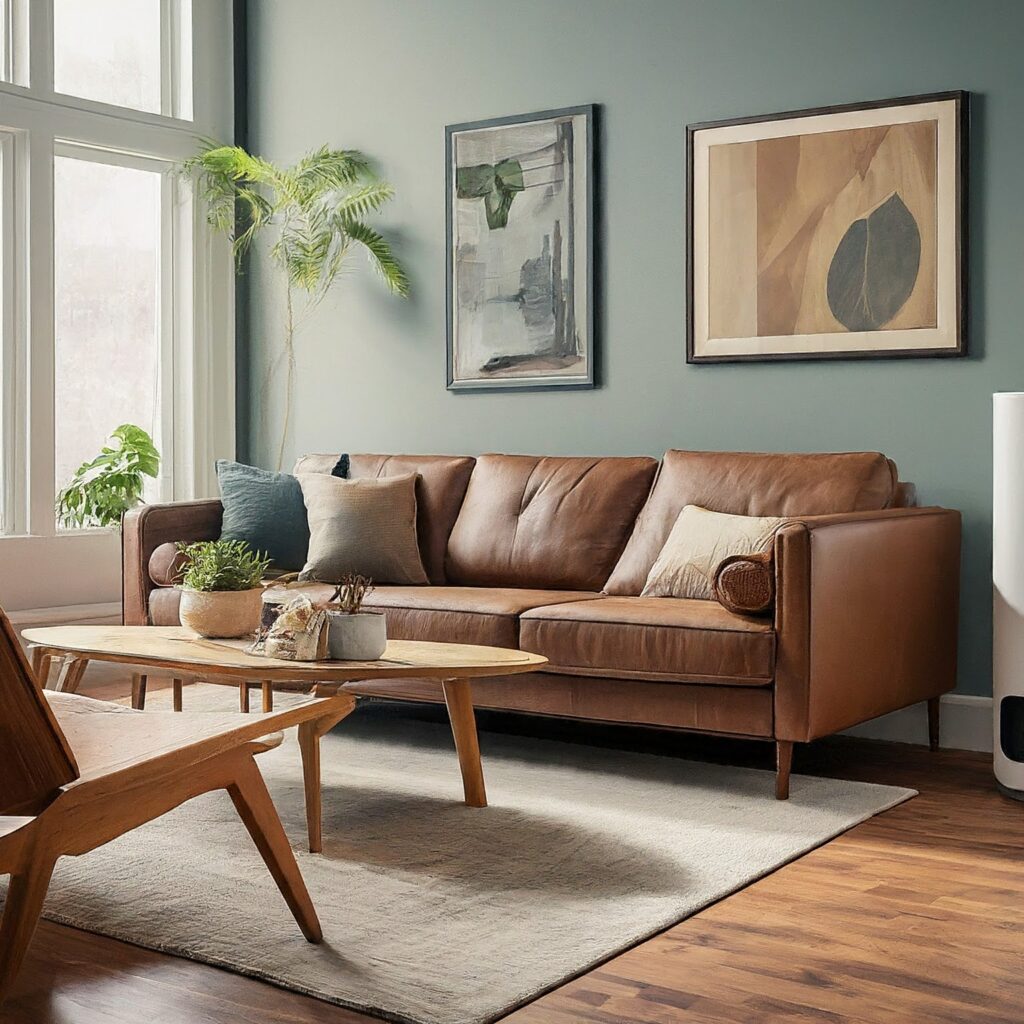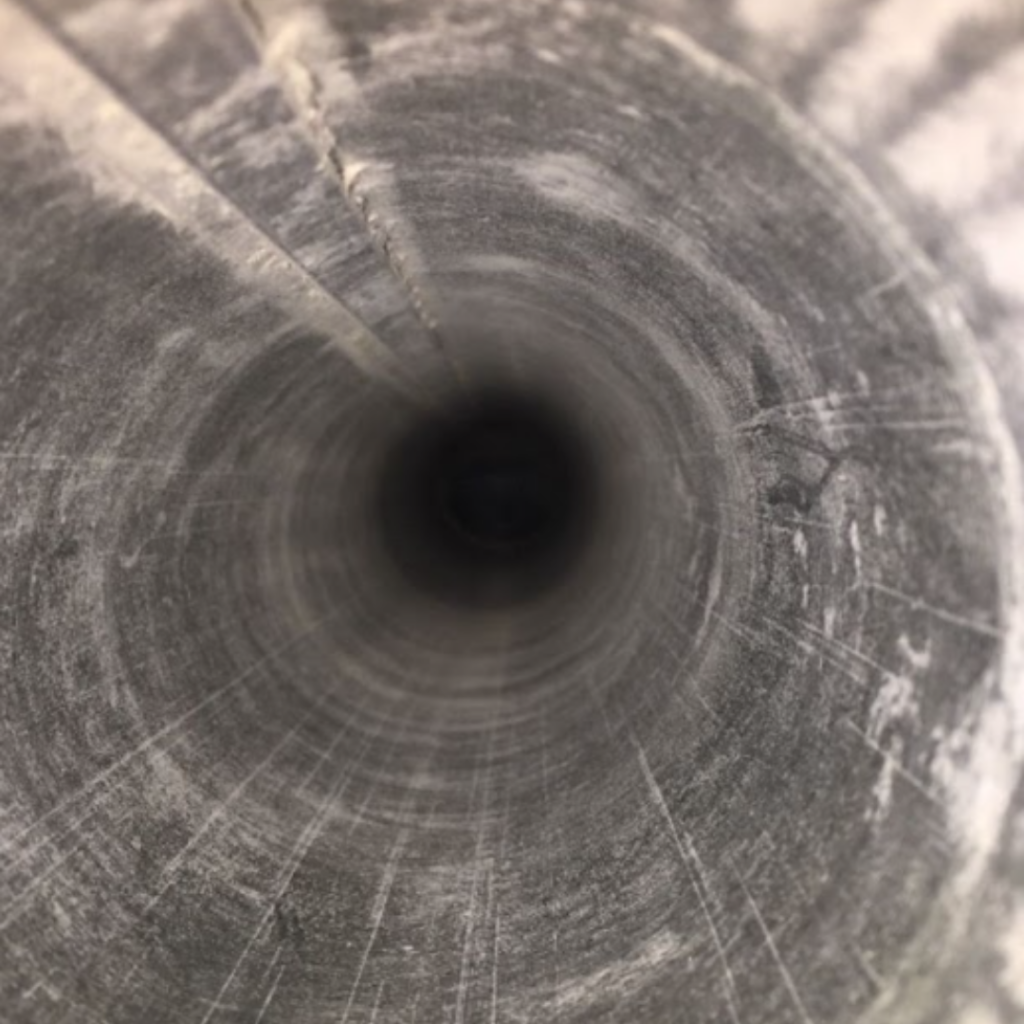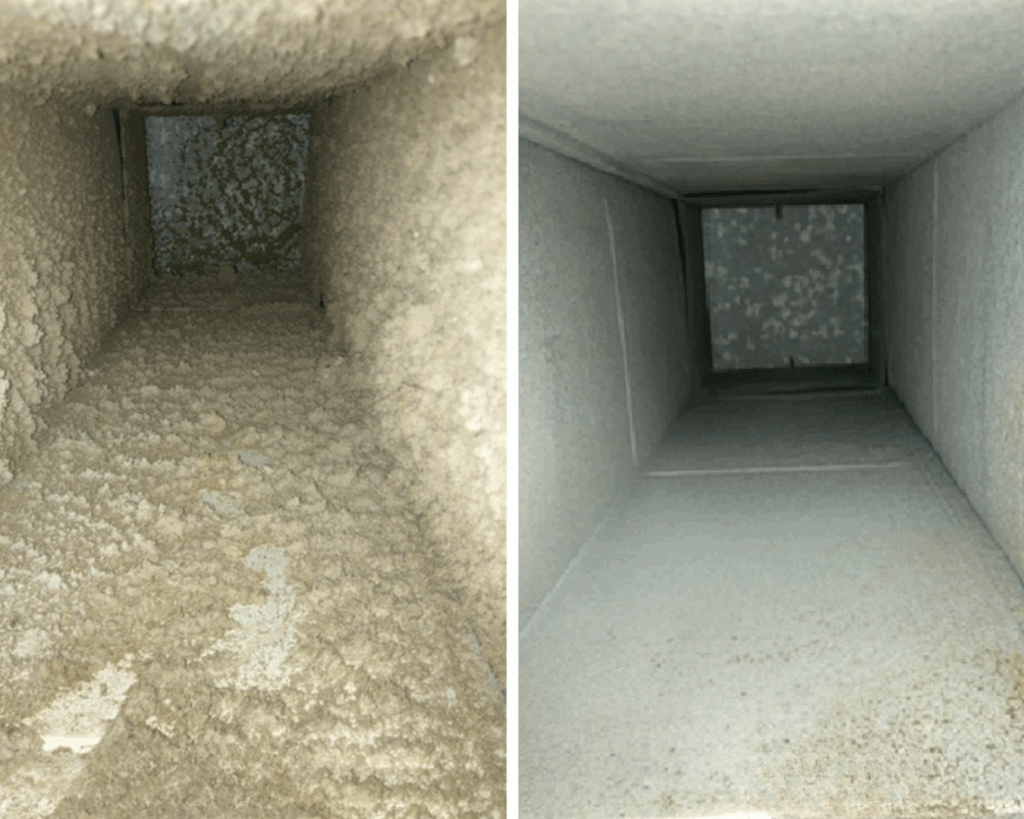Breathing clean air is essential for our health and well-being. But did you know that the air inside our homes can often be more polluted than the air outside? Here are some easy-to-implement tips to improve your indoor air quality and create a healthier living environment:
Fresh Air is Key:
- Ventilation is Vital: Open windows and doors whenever possible, especially during pleasant weather, to allow fresh air to circulate and replace stale indoor air. Aim for 15-20 minutes of ventilation several times a day.
- Consider Ventilation Systems: Tightly sealed homes can benefit from installing a ventilation system that brings in fresh air and removes pollutants.
Reduce Indoor Pollutants:
- Fight the Fire: Smoking inside is a major source of air pollution. If you or someone in your household smokes, encourage smoking outdoors only.
- Mind Your Cleaning Products: Opt for eco-friendly cleaning products that are free of harsh chemicals. Harsh chemicals can irritate lungs and contribute to poor air quality.
- Say No to VOCs: Volatile Organic Compounds (VOCs) are emitted from paints, furniture, and other household items. Choose low-VOC products whenever possible, and ensure proper ventilation during and after any painting or renovation projects.
Control Allergens and Dust:
- Vacuum Regularly: Vacuum carpets, rugs, and upholstery at least once a week using a HEPA filter vacuum cleaner to trap dust mites, pet dander, and other allergens.
- Wash Bedding Frequently: Dust mites thrive in warm, humid environments. Wash bedding, including pillowcases, in hot water (at least 55°C or 130°F) weekly to kill dust mites.
- Consider Air Purifiers: Air purifiers with HEPA filters can effectively remove dust, allergens, and other airborne particles from your indoor air.
Boost Air Quality Naturally:
- Welcome Houseplants: Certain houseplants like snake plants, spider plants, and peace lilies can help purify the air by absorbing toxins like formaldehyde and benzene.
- Control Humidity Levels: Mold and mildew thrive in humid environments. Aim for a humidity level between 30% and 50% using a dehumidifier if necessary.
Bonus Tip: Monitor your indoor air quality with a home air quality monitor. This can help you identify any specific pollutants that may be a concern and take targeted action.
By following these tips, you can create a healthier and more comfortable living environment for yourself and your family. Remember, small changes can make a big difference when it comes to indoor air quality!




